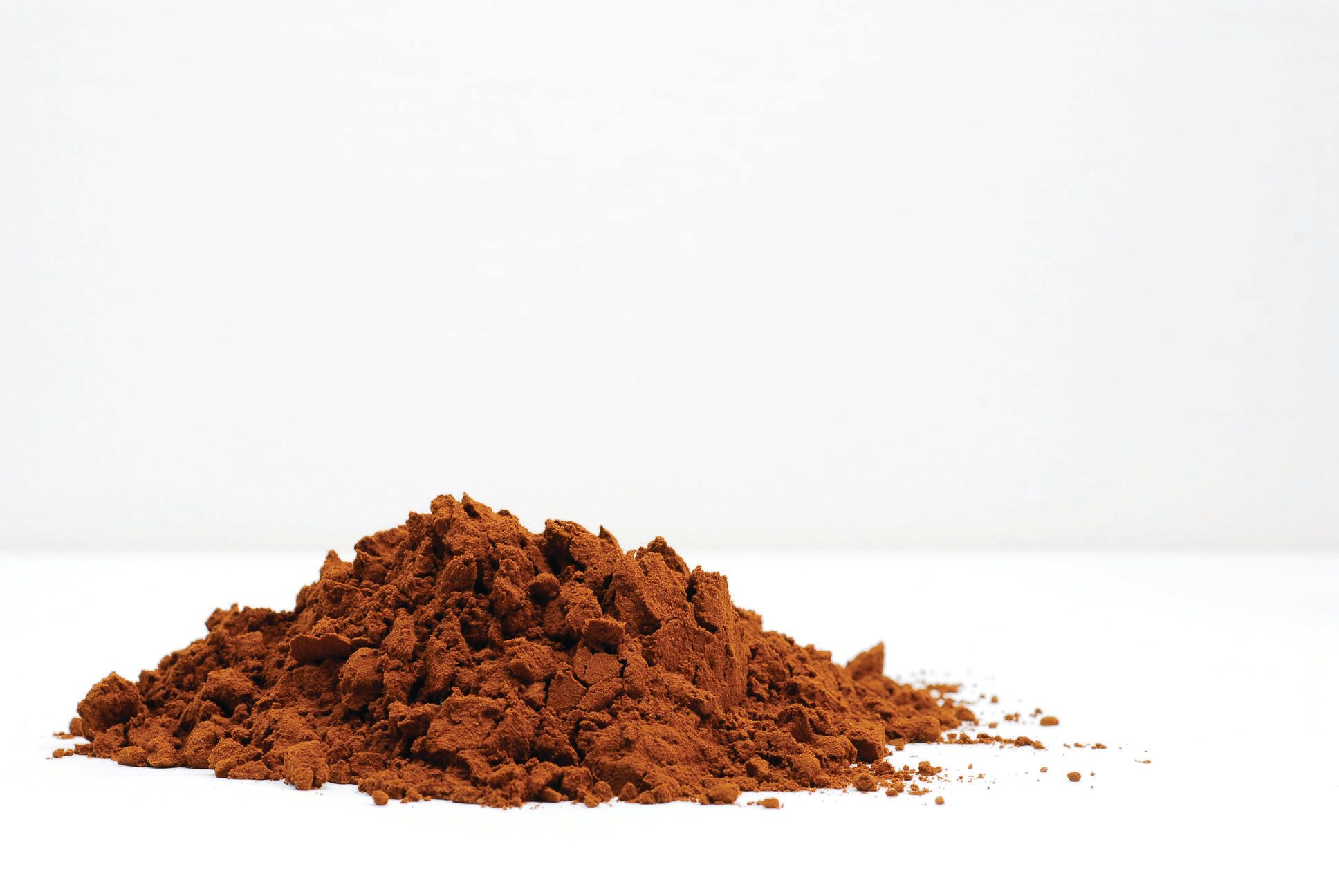Different Paths to Clean-Label Cocoa
Cocoa suppliers are removing alkalizing agents and adopting other strategies to improve cocoa's clean-label appeal.
Photo © iStockphoto.com/Sjoerd van der Wal

Clean-label ingredients are all the rage, but determining what clean label actually means is often challenging. With no comprehensive federal definition to rely on, ingredient suppliers frequently turn to their customers and end-users for a better idea of clean-label priorities.
“Following guidelines of FDA and USDA is important, but listening and responding to customer needs is equally, if not more, important to the success of a natural or clean-label product,” says Stacy Reed, product development manager, cocoa and chocolate, Cargill (Amsterdam, the Netherlands).
But for an ingredient like cocoa, there may be more than one path to a clean-label solution. Which is the best? It depends.
Alkali-Free Cocoa
One strategy to boost cocoa’s clean-label appeal is removing the alkalizing agent, or alkali, that cocoa processors have historically used to mitigate cocoa’s bitterness and improve its solubility. Potassium carbonate, or potash, is one common alkalizing agent.
In August, the DeZaan cocoa brand from Olam Cocoa (London) launched TrueDark, a dark cocoa powder made completely without an alkalizing agent. The company says TrueDark is the first dark, non-alkalized cocoa powder, which is especially noteworthy since darker cocoa powders typically require a more intense alkalization process than lighter powders.
Potential alkalizing agents aside, cocoa is otherwise free of additives. “Thus, removing the alkali gives the cocoa a full clean-label status,” suggests Rinus Heemskerk, global innovations director, DeZaan.
Olam believes formulators will be able to offer finished products with enhanced clean-label appeal thanks to its TrueDark powder. But are there any limitations to formulating with non-alkalized cocoa?
Cargill’s Reed chimes in. One challenge could be “being limited to the type of beans used to make the powder or [having to] potentially manipulate the product during the remainder of the process to enable changes in color, flavor, and pH, as alkalizing is a strong contributor to certain aspects of the cocoa product.” Reed says Cargill cannot comment on whether it has plans to create its own non-alkalized cocoa.
The low pH of a non-alkalized cocoa powder may also be an obstacle for food applications like dairy and pudding, suggests Leanne de Muijnck, R&D cocoa director for cocoa manufacturer Barry Callebaut (Zurich, Switzerland). Barry Callebaut has been offering domestically-produced, organic-certified, non-alkalized cocoa powder June.
However, DeZaan’s Heemskerk says Olam's non-alkalized TrueDark actually requires less formulation adjustment than alkalized cocoa because of its low pH of 5.5.
“Getting the same color and flavor intensity, but without the alkali, can actually prove to be a cure, rather than a cause, of problems,” says Heemskerk.
More Clean-Label Strategies
Looking beyond the topic of alkalization, other ingredients may also play a role in consumers’ perception of cocoa’s clean-label appeal.
Cargill’s Reed suggests cocoa manufacturers consider looking at other ingredients that, while allowed in cocoa processing under the Code of Federal Regulations, consumers might frown upon. For example, lowering sodium levels might be a possibility to clean up the Nutrition Facts panel of cocoa products.
Barry Callebaut’s de Muijnck says the key is for manufacturers to provide a range of natural cocoa powders to meet whatever definition of clean label is necessary for a given formulation. Barry Callebaut offers both alkalized and non-alkalized organic cocoa powders, as well as high-fat and low-fat options.
The search for a cleaner cocoa is on. And with an ingredient as popular as cocoa, this is likely just the beginning.
Read more:
Cacao Pulp: It's Not Just a Waste Product of Cocoa Anymore
Industry-First Natural Dark-Cocoa Powder Skips Alkali Processing Altogether
Michael Crane
Associate Editor
Nutritional Outlook Magazine
michael.crane@ubm.com

Prinova acquires Aplinova to further increase its footprint in Latin America
April 7th 2025Prinova has recently announced the acquisition of Brazilian ingredients distributor Aplinova, which is a provider of specialty ingredients for a range of market segments that include food, beverage, supplements, and personal care.






















